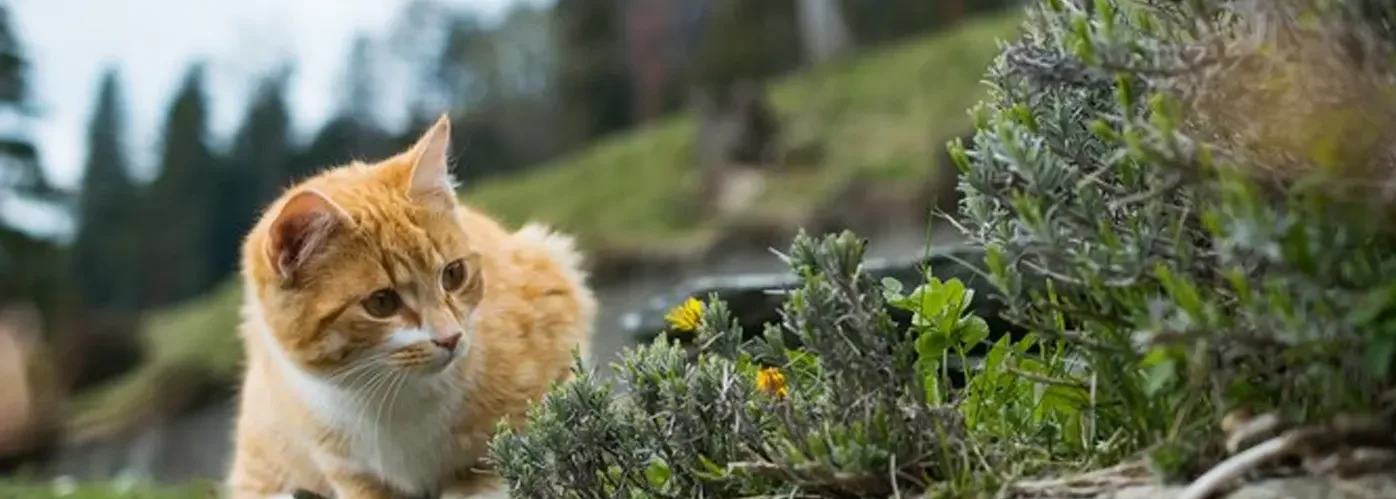Body Size
Felids differ enormously in size, sometimes even within the same species. The size discrepancy among leopards, for example, formerly led taxonomists to believe that savanna leopards and forest leopards were dissimilar species. Equivalent size discrepancies are also found amongst jaguars, pumas, and tigers, all species with widespread geographic distributions. Male jaguars of Venezuela, weighing 104 kg on an average, are almost twice as heavy as males in Belize, which average only 56 kg. Scientists aren’t still sure about which species is the smallest, with the kodkod, black-footed cat, and rusty spotted cats all nominees for the title.
An analysis of the numbers and sizes of the cats that happens in greater geographic areas demonstrate that Southeast Asia and South America comprise of ten species, whereas in Africa there are eight. The supreme multiplicity occurs in the tropical regions, the least in the mild zones.
Color Patterns
Nearly all felids are spotted, blotched, striped. Tigers are the only large cats marked with clear slanting stripes; the majority of other big cats are marked with rosettes. The cheetah’s pattern of crisp, bright marks is fairly distinctive. The regular striped marking pattern of the king cheetah is apparently due to a lone recessive gene. In the smaller species the bright spotting are fused to form bands, stripes, or streaks, along the back and across the limbs in particular; in others, the design is small bright marking, and still other small cats are only slightly marked. Marbled cats and clouded leopards have stained coats. The puma and lions are almost evenly colored, although the manes of male lions may be slightly unique. The juveniles of both puma and lions are marked. The caracal also has unpatterned fur with the exception of bright spots on top of the eyes and shadow-like blotching on the cheeks. The only other cat of the same color is the jaguarondi, which has a glowing morph together with a blackish morph-Melanism (Dark pigmentation) seems to be widespread in few species (leopard, jaguar serval, jungle cat, kodkod, oncilla, Geoffrey’s cat) and unusual or awfully localized in several others (e.g. bobcat, puma, cheetah, clouded leopard).
White markings are found at the back of the ears in several species, although in almost as many species the ear markings are badly defined (e.g. Chinese desert cat, jungle cat, African golden cat, sand cat, black-footed cat, Asiatic golden cat, jaguarondi, manul, rusty-spotted cat, puma). Their task is not known although one proposal is that the ear markings together with the white on the base of the tail tip of few species, serve as “follow me” signs to the juveniles, which may be specifically vital in low-light conditions.





